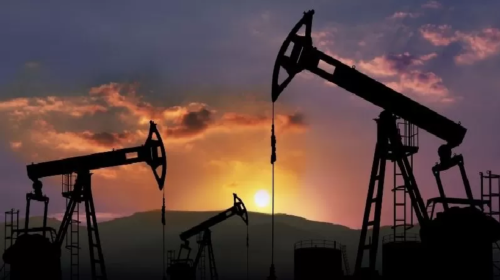Crude oil futures were sharply higher in mid-morning Asian trade Feb. 28 as Russia puts its nuclear deterrence force on alert following a new round of financial sanctions imposed on the country after its military advanced into Ukraine over the weekend.
The US, Canada, and European allies on Feb. 26 imposed new financial sanctions on Russian banks, including curbing access to the SWIFT messaging system, but the specific measures and names of Russian banks have yet to be specified.
“The massive escalation of sanctions notably by the EU, to cripple the Russian economy saw oil leap higher in early Asian trading, due to the threat of disruption to global energy supplies,” Jeffrey Halley, OANDA’s senior market analyst for Asia Pacific, told S&P Global Platts.
While exemptions are being made for oil and gas to avoid major supply disruptions, some analysts noted that the SWIFT sanctions could impact some crude trading and flows.
“The market is clearly nervous given that sanctions are becoming increasingly restrictive. The growing risk of sanctions has reduced the appetite of many in the industry to commit to Russian oil. This is reflected in the Urals differential falling to record lows,” Warren Patterson, ING’s head of commodities strategy said in a note Feb 28.
In addition, White House press secretary Jen Psaki said Feb. 27, that energy sanctions are on the table, a marked change in tone after senior Biden administration officials have insisted they intended to exclude energy trades from any financial restrictions.
Russian President Vladimir Putin, in response to the tougher sanctions, ordered nuclear deterrent forces on high alert, further escalating tensions.
Eyes are on the meeting between Russia and Ukraine at the Belarusian border Feb. 28 and whether it could potentially defuse tensions between the two countries.
“However those [oil price] gains have been slightly tempered by two factors, I believe. Firstly, the SWIFT restrictions appear to be designed to allow payments to continue for energy and commodity flows”, Halley added.
“Secondly, Ukrainian and Russian officials meet today on the border of Belarus. Any signs of progress should spark a fast money risk rally in stocks and currencies, and push oil prices lower,” Halley said.
Meanwhile, OPEC+ will meet March 2 to decide on a 400,000 b/d increase in output in April even as US have pressured for a bigger increase. Russia is the largest producer in the OPEC+ alliance alongside Saudi Arabia, accounting for about 10% of total global supply.
“Comments from some OPEC+ members suggest that they will stick to increasing output by 400 million b/d since the current high price environment reflects geopolitical risks rather than supply and demand imbalances,” Patterson said.






